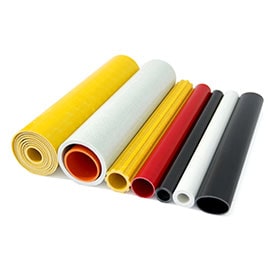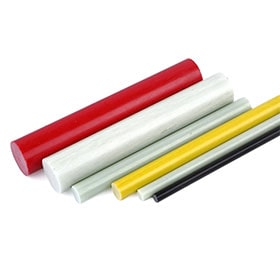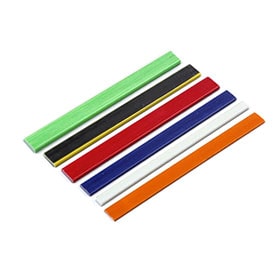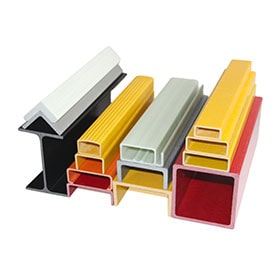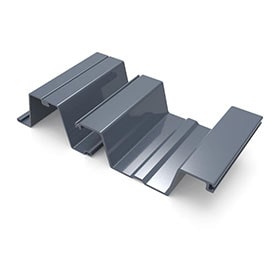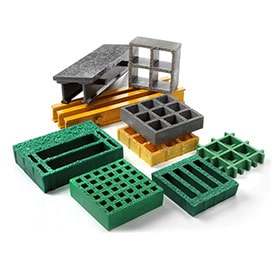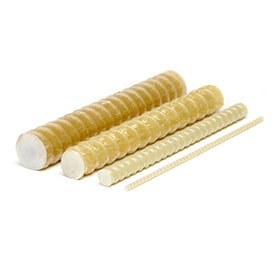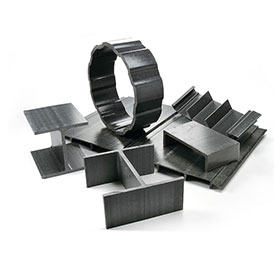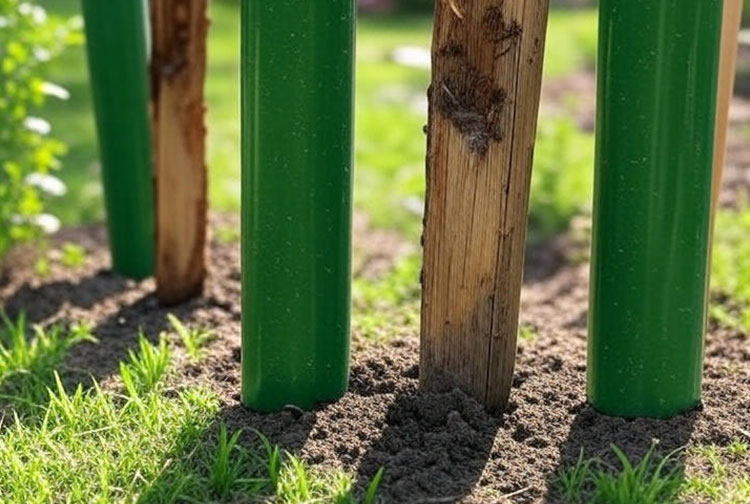
Fiberglass vs Wood Tree Stakes Comparison
Introduction
When it comes to staking young trees, choosing the right support material is crucial. Two popular options are fiberglass and wood stakes. But which one is better? In this article, we compare fiberglass and wood tree stakes in terms of durability, environmental impact, installation ease, and long-term performance.
1. Durability and Lifespan
Fiberglass tree stakes are known for their high strength and resistance to rot, insects, and moisture. Unlike wood, they don't degrade over time and can be reused for years. Wood stakes, on the other hand, are prone to rotting, splintering, and breaking, especially in humid or rainy climates.
2. Weather and UV Resistance
Fiberglass (FRP) stakes are UV-resistant and perform well in extreme temperatures. Wood stakes tend to warp, crack, or break under prolonged sun exposure or harsh winter conditions.
3. Environmental Considerations
While wood is a biodegradable and natural material, treated wood may contain chemicals that are harmful to soil and plant health. Fiberglass is non-biodegradable, but because it lasts longer, it results in less frequent replacement and waste over time.
4. Cost and Maintenance
Wood stakes are generally cheaper upfront, making them suitable for short-term projects. However, fiberglass stakes, though slightly more expensive, save costs in the long run due to their durability and reusability.
5. Conclusion: Which Should You Choose?
If you're looking for a long-term, maintenance-free solution, fiberglass tree stakes are the superior choice. For short-term or low-budget projects, wood may still be suitable. Ultimately, the decision depends on your specific landscaping needs, climate, and sustainability goals.
 +86 15303735673
+86 15303735673 Jessica@frpzs.com
Jessica@frpzs.com
 Technical Data
Technical Data


